Casina Bric tranlsates, from the Piedmontese dialect, to something like little house on the hill, which is as physically accurate as can be, but belies the great spirit of its wines and owner, Gianluca Viberti. The full name of the winery in Barolo 460 Casina Bric alludes in metres to the elevation of Gianluca’s highest vineyard. Nebiollo, the grape of Barolo and Barbaresco wines, cannot grow at 500 or more metres above sea level, and Ginaluca is proud that he can tend to his grapes at such a height. I am being less formal than I ought to be by referring to a man I have only met once by his first name, but there two good reasons for it. First, Gianluca Viberti is not a formal man, though he is certainly disciplined and rigorous as a winemaker, mountain climber and Iron Man competitor. Second, he carries the name of his family’s well known winery, Viterbi Giovanni, where he was the winemaker for 22 years. In 2010 vintage Gianluca handed the winemaking duties at Viberti Giovanni to his brother, Claudio, younger by more than a decade, to do his own thing.
I journeyed to Piedmont last May to attend Nebbiolo Prima, an amazing wine tasting experience which I wrote about here. The only wine, over the week of blind tastings in the mornings that I, or any of my wine writing colleagues from around the world could unanimously recognize was Gianluca’s 2010 460 Casina Bric Barolo. This was not account of his unmistakeable style, but rather because his wine was the only one in an unusual squat bottle. Driving to his vineyards from Alba, Gianluca explained that the bottle is a Poirinotta, or at least a reproduction of the kind of bottles made in Turin in the 18th century before French fashions rendered it obscure. As far as Gianluca is concerned the Poirinotta is the only bottle suited to Piedmontese wines: a bottle with terroir. When I figured out that I was to visit the winery that made the wine from the squat bottle on the afternoon of the morning I tasted it, I was releived to see in my notes that I had thought it was very good indeed and full of fruit and aging potential.
So, I thought: here must be a man of tradition and authenticity, turning back the clock to return to the old ways. At first my guess seemed to be accurate. Our small group of wine writers, including Egle Balcaityte from Lithuania and a gentleman for Poland, whose name and business card somehow didn’t make it back with me, were first treated to walk around some of Ginaluca’s steep hill vineyards on the La Morra ridge. To be honest, it was difficult to listen intently to Gianluca explain his techniques of viticulture because the views of the Swiss and French Alps to the north and west were so spectacular that my eyes kept straying to them instead of the rows of vines around me. When I did come out of panoramic revery, I learned that he used very traditional methods with his vines, and eschewed mechanization. My impression of Gianluca as a dyed in the wool traditionalist took hold even further when he took us to the crumbling, almost ruin of a centuries old barn on one of his properties where he had made his first vintages.
But, when we got to the casina at 460 Casina Bric, the case for Gianluca Viberti as a rigid traditionalist began to fall apart. His “house” (he lives elsewhere), which he and an uncle were nearly finished rebuilding was a winery on the bottom, and a soon to be opened guest house on the top, where Gianluca hoped to host wine enthusiasts who might like to cycle or hike through the hills and medieval hill towns of Barolo. The winery was state of the art, but also beautifully designed; meticulously designed. Gianluca, it seems, has a say in everything that carries the 460 Casina Bric name. His concern is not just with the bottles and labels, but also the names of his fermenting tanks, or how to use natural light in his cellars. And his sensibilities inside the winery proved to be very modern and even a little experimental.
Sitting around the table in his tasting room, Ginaluca started us off with a glass of his non-vintage Brut Rosé Collezione N8. This is a pink sparkling wine made from Nebbiolo with a “long” Charmat method of eight months. The result is a much finer mousse than most non-Traditional Method sparkling wines, and a dry, light, fresh and clean drink with hints of bright red fruit. This was not the wine of a man stuck in the past, but a lovely and novel way to employ Nebbiolo. Gianluca labels the wine “Prêt-a-Porter” like a fashion house, to distinguish it both from his more serious “haute couture” Barolo DOCG’s but also from the bubbly sea of industrial Italian sparklers.
The next wine was the 460 Casina Bric Rosso Ansj’ 2011 an unorthodox blend of mostly Nebbiolo and Barberra with some Dolcetto thrown in for good measure. This wine, despite the mellowing tendencies of the latter two grapes was still very young and full of what they call “gripping” tannins. Still, there was something interesting going on for sure with great fruit and acidity. I told Gianluca that I was not sure I would have detected the Barberra or Dolcetto if he had slipped this wine into the blind Nebbiolo Prima tasting, and he laughed. Far from being a big innovator by blending the three varietals, Ginaluca explained, he was really only following tradition. Before the rules of the Barolo DOCG were firmed-up, he said, blending of all sort of grapes was common and changed with variations of the vintage. His big innovation was merely to follow the tradition of his ancestors.
So there: Gianluca Viberti did not just show me a spectacular view, or pour me some delicious wine, he taught me an important lesson. It’s a lesson that I relearn often, and saw manifested in other Italian winemakers and chefs (more on this to come). The lesson is that innovation and tradition are not enemies, but actually importantly linked and the best products are made from an interplay between the two. In North America, I think we don’t always see this and we are subsceptible to a kind of blind worship to authenticity and what we imagine to be the real thing. Traditionalist innovators like Gianluca Viberti are creating good things that require a sense of knowing what to keep and what to change.
 Malcolm Jolley is a founding editor of Good Food Revolution and Executive Director of Good Food Media, the company that publishes it. Follow him on Twitter or Facebook.
Malcolm Jolley is a founding editor of Good Food Revolution and Executive Director of Good Food Media, the company that publishes it. Follow him on Twitter or Facebook.

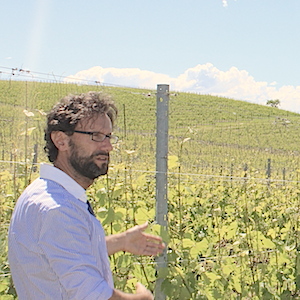
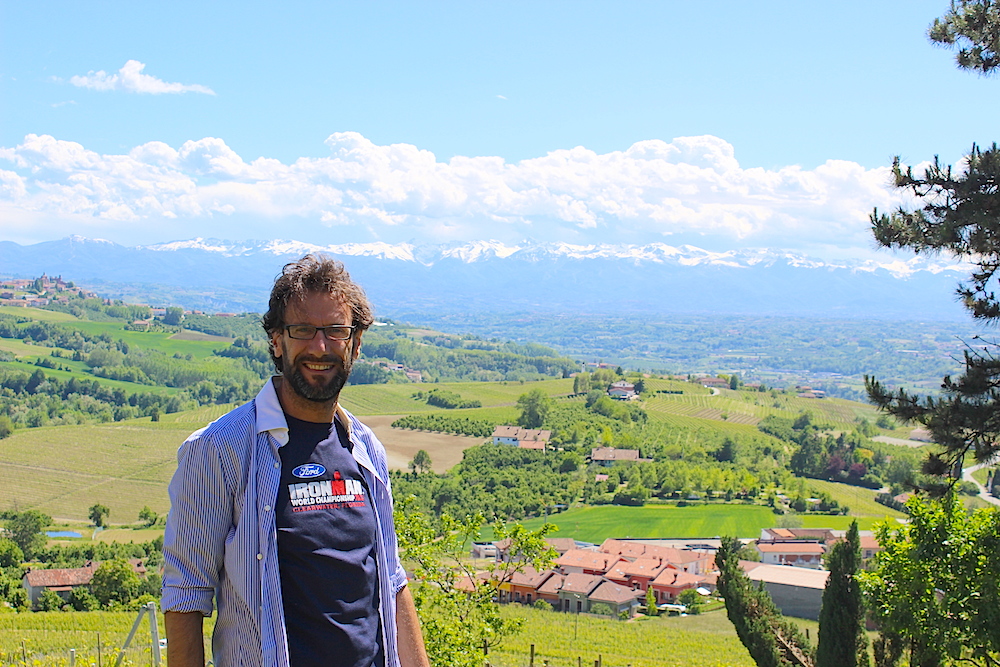

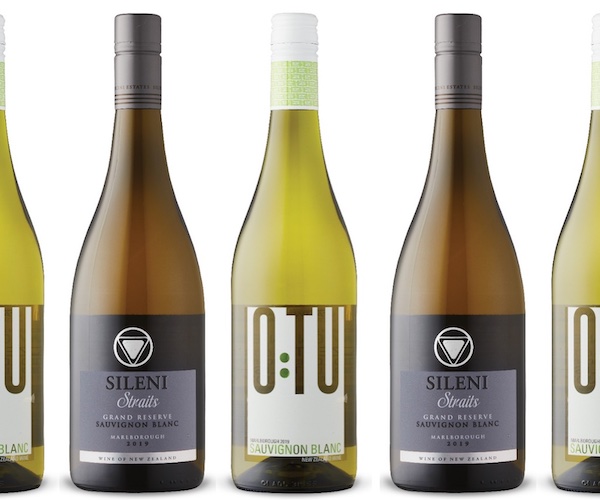
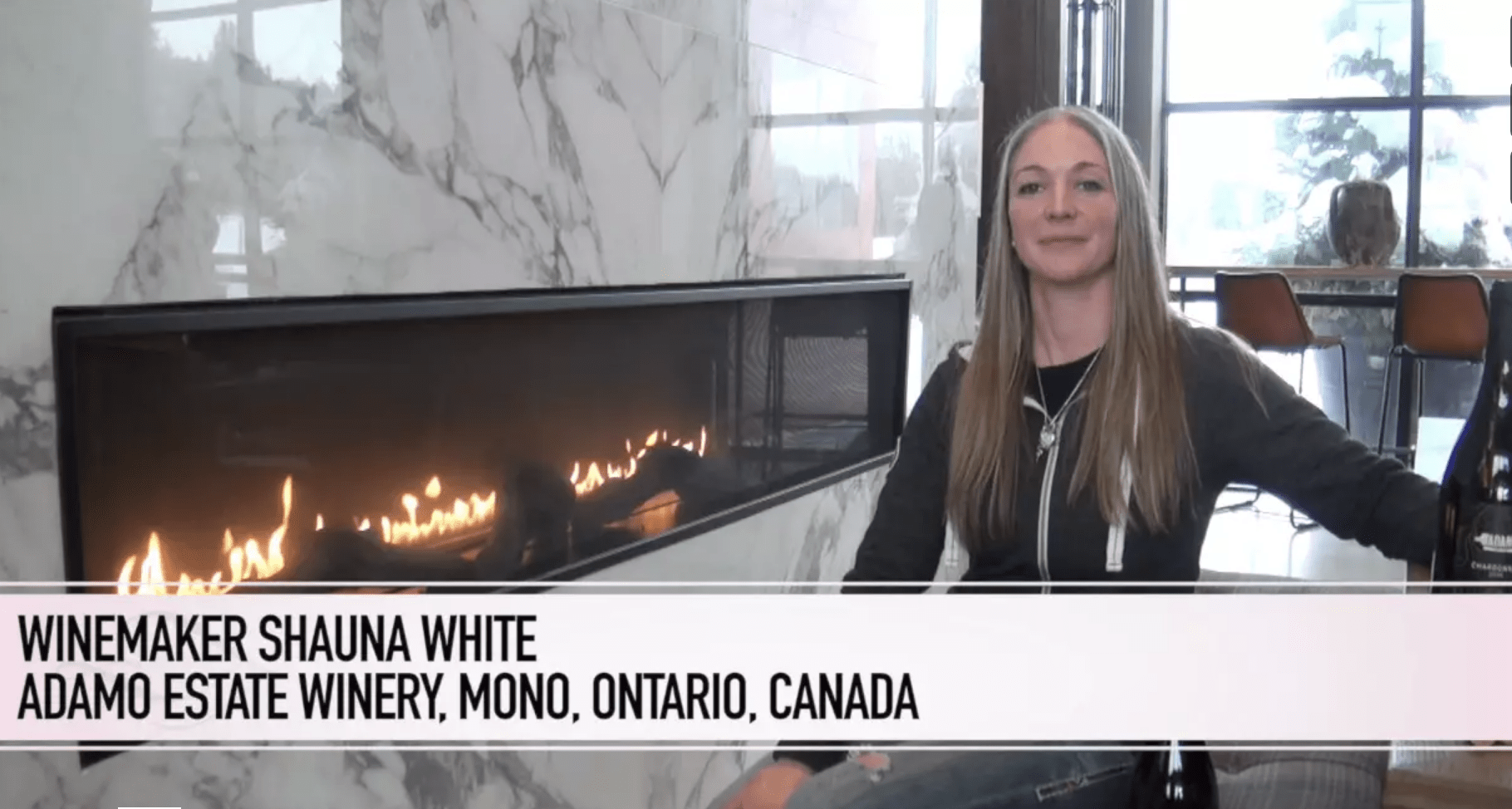
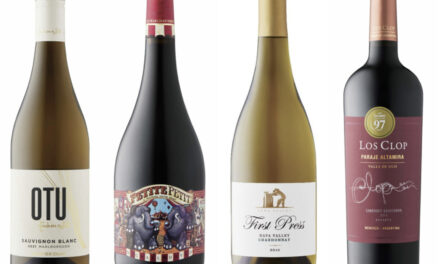
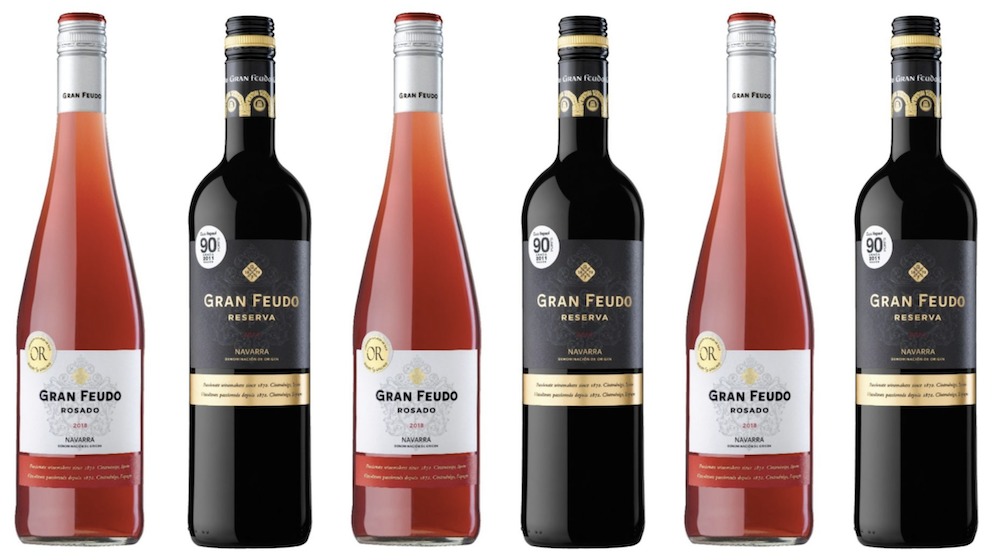

Great article Malcolm, we will be bringing in his Barolo for the holiday season. We’ve worked with Gianluca when he was at Viberti- a true representation of an artisinal Piemontese producer!
Great news. He mentioned that he was going to work with Stem there, but I didn’t see him on your website roster and I was too late on deadline to check in, so I’m very glad you posted the comment!
Thank you all : Malcom for his beautiful article about 460 Casina Bric and Robert for his friendship and patience waiting the new production. It will be a great pleasure come back again in Ontario presenting my new brand of Barolo wines.